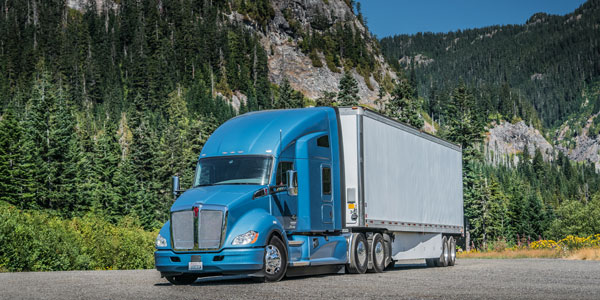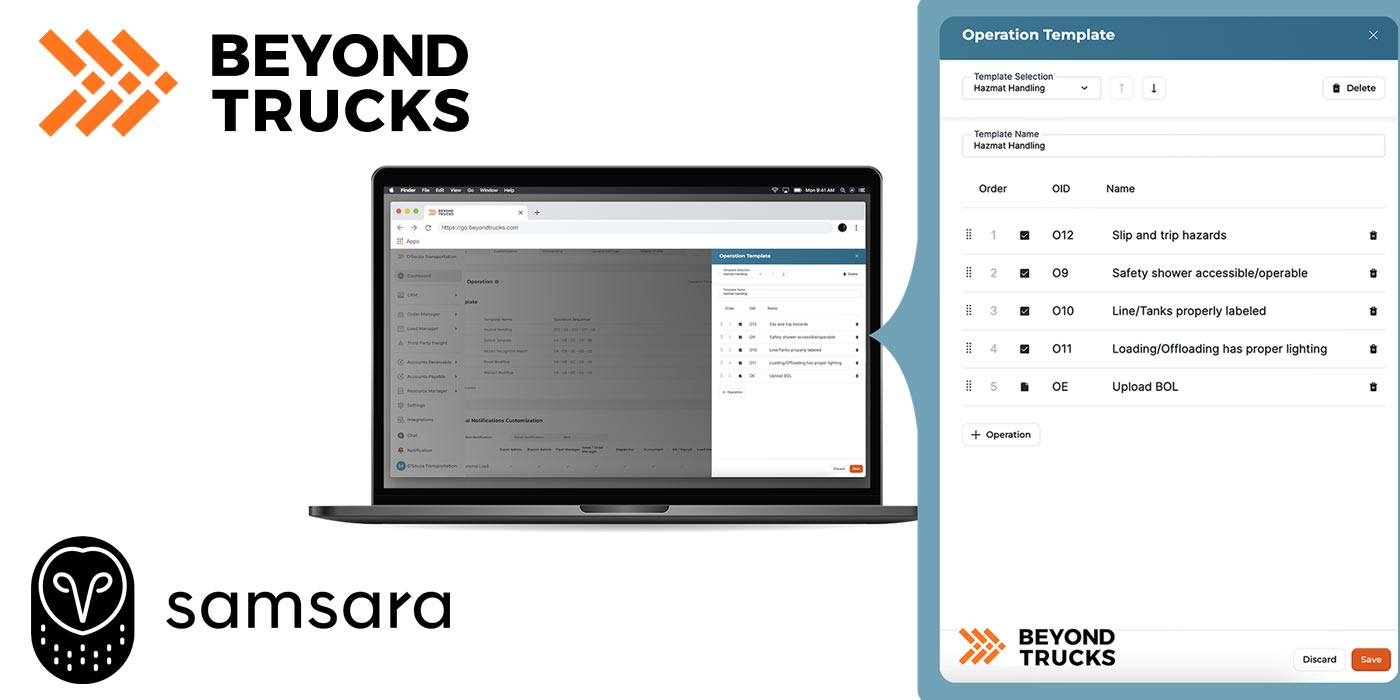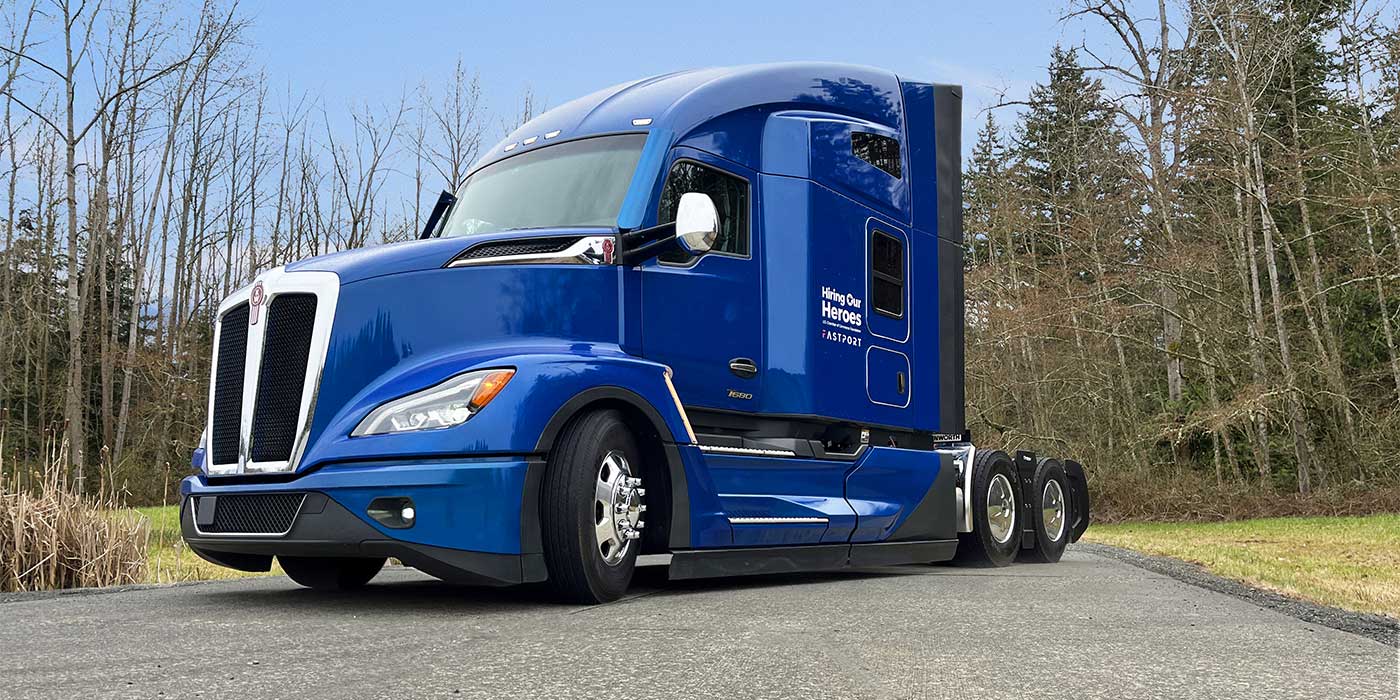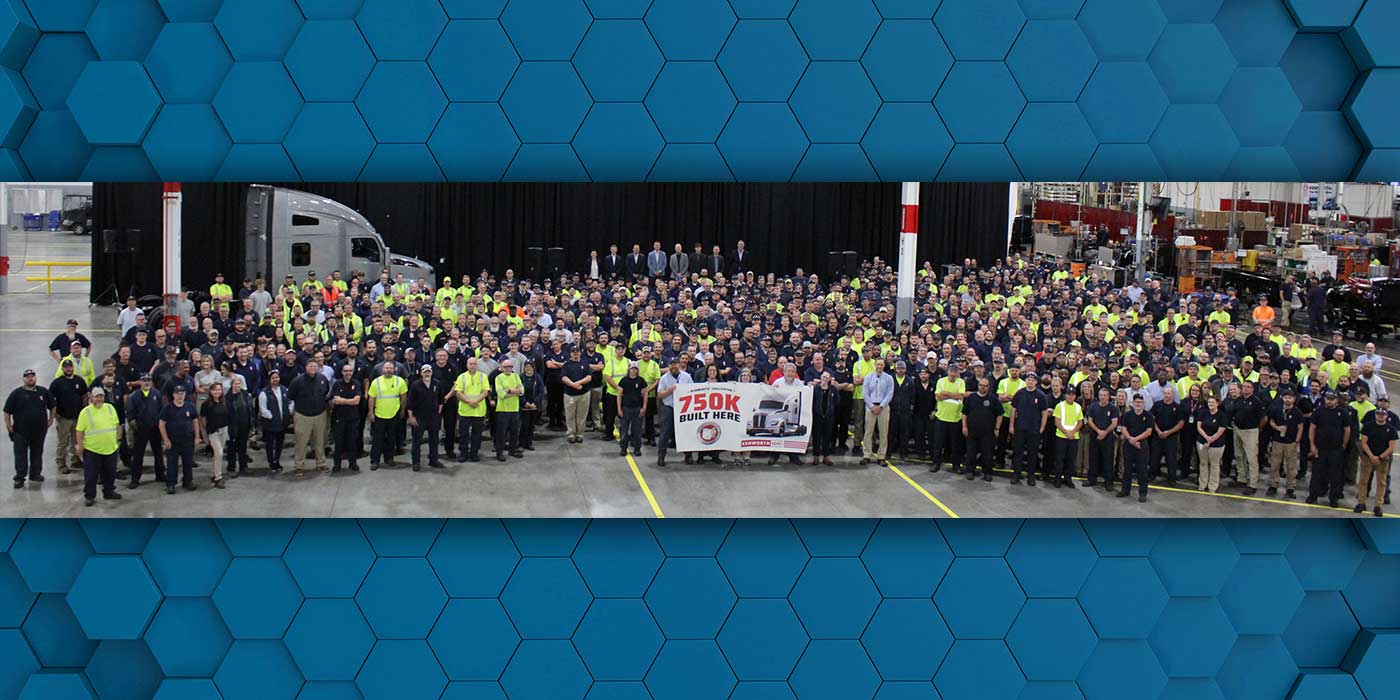There is no magic bullet.
Whether it’s the most advanced equipment and technology of today or the dreamed-up solutions of tomorrow, not a single piece of equipment or technology is going to solve all of a fleet’s challenges. Trucks are, and continue to be, specialized tools. You buy a hammer when you need to pound through vocational productivity; you buy a circular saw when you need to cut efficiently down a clear path. And so it goes with heavy-duty trucks. The equipment and technology needs to match the job—today and tomorrow.
Kenworth, for its part, continues to focus on a range of equipment and technology solutions. Most recently, Kenworth announced the availability of the Cummins Westport ISX12N and L9N near zero NOx emissions natural gas engines in the T680 on-highway flagship truck and T880 and T880s vocational trucks. A month before that, Kenworth announced that the Bendix Wingman Fusion advanced safety system was standard on the T680. Looking further into the future, Kenworth is working with UPS under the U.S. Department of Energy’s SuperTruck II program to push development of its products even further. It’s all a part of Kenworth’s strategy to—well, Mike Dozier, Kenworth general manager and PACCAR vice president, says it best:
“Our objective is to be ready with the right technology to meet the demands of our customers’ wide-ranging applications.”
Mike took the reins at Kenworth two and a half years ago. To put that in perspective, that was before the introduction of the PACCAR 40k tandem axle and the 12-speed PACCAR automated transmission that now are part of the PACCAR powertrain along with the PACCAR MX-13 engine, and well before the electric truck buzz started humming along. The heavy-duty truck world is different today, but the approach that Kenworth has always taken continues to be a guiding light in the murky world of equipment technology development.
“Fleets are trying to understand the landscape,” he says. “What’s real and what’s not? What time frames do we, as the OEMs, look at versus what the fleet hears? You have three different versions of those. You have what’s talked about in the media, what’s talked about by OEMs and what’s talked about by startups. Those can be three very different things. Fleets are asking questions about what specific technologies mean for their specific businesses. If you’re talking with an LTL carrier with shorter hauls, that’s different from an over-the-road carrier; the technologies and time frames that apply are different things.”
For Mike, finding the answers boils to asking three questions:
- What is the fleet’s business?
- Where does the fleet do its business?
- What does their application landscape look like throughout the next 10 to 15 years?
“That’s the discussion we need to have,” he says.

Those discussions will lead down the path of building a business case for the next generation of truck equipment, the most visible of which for Kenworth has been its hydrogen fuel cell-electric powertrain Zero Emissions Cargo Transport (or ZECT for short) prototype truck. But make no mistake, that’s just one of the “advanced powertrain platforms,” as Mike puts it, in development at Kenworth.
“I prefer to call them ‘advanced powertrains,’” he clarifies, “because I think that there are places for different powertrain configurations within the market as we move forward. Whether that’s fully electric or electric-hybrid—and that can be an electric hybrid with a diesel engine, a natural gas engine, hydrogen fuel cell [as in the ZECT case]—the developments of those powertrains are going to be tailored to the various markets depending on load, duty cycle and need.”
[Suddenly, Kenworth’s Cummins Westport natural gas engine announcements point to a more cohesive “near zero emissions” strategy when you consider the possibility of hybridizing the NG engine with an electrically driven driveline.]
Within the all-electric vehicle space, Mike foresees that fleets that field medium-duty delivery vehicles with shorter, predictable routes and return home at the end of the day will likely have fully electric powertrain vehicles in their portfolio within the next three to five years. On the other hand, all-electric powertrains in over-the-road applications have a, pardon the pun, longer haul.
“That’s probably further out than the three- to five-year time frame. We’re likely to see a hybrid powertrain in that application sooner,” he says. “It’s that urban delivery vehicle operation where you’re not trying to push the limits of the technology or paying a premium to do so.”
Like all OEMs and fleets, Kenworth is putting its latest technology developments through their paces to suss out what equipment makes sense in certain applications. It’s not so much about the technology’s success as it is about discovery. All-electric trucks are possible; hydrogen fuel cell hybrid electric trucks are possible; diesel-electric hybrid trucks are possible—but what’s possible isn’t always what makes the most sense, as Mike alluded to above.
Kenworth and PACCAR don’t want to stack their R&D deck toward one technology versus the other, just as you don’t want to go all-in on an unproven technology. Their strategy is clearly working as PACCAR is pulling in record revenue. In June, PACCAR reported that, globally, Kenworth, Peterbilt and DAF delivered a record 46,400 trucks in the second quarter of 2018, 18% higher than the same period last year. Even, or perhaps especially, when business is booming, sound equipment development choices have to be made.
“There’s an aspect of the research and development process in which you’re looking at a breadth of technologies and you know going in that not everything is going to come out the other end,” Mike explains. “If done right, yes, there’s an expenditure up front, but you’re also able to eliminate or make modifications to the road map far before you’ve made the full level of investment. That’s the cost of doing business in a well-planned, well-executed way. Are there other technologies to consider? Sure, there are technologies that are 10 to 15 years out. That’s where our PACCAR Innovation Center comes in.”
Advanced driver assistance systems that will lead toward more automated truck operation, vehicle connectivity, machine-learning artificial intelligence and augmented reality are just a few of the technologies on the table at the PACCAR Innovation Center nestled in the heart of Silicon Valley, a stone’s throw from the likes of Google, Facebook and Apple. Within the open-concept facility where closed-off offices are few and new ideas are many, the technology developments of tomorrow aren’t talked about in terms of “What if?” but instead of “When? How? And why?”
“Autonomous vehicle operation, for example,” Mike says, “is a longer term objective and technology development road map. Along the way, everything that makes up the advanced driver assistance systems—all those pieces of technology will make trucks safer and more efficient for just about every customer.”
When it comes to talking with customers about the truck technology road ahead, Mike is clear but cautious: The technology will be beneficial when it’s ready and there are plenty of technologies to come.
“Our customers hear things about autonomous vehicles requiring a greater number of technologies, from RADAR to LIDAR to cameras, but in the meantime,” he stresses, “things like lane keeping assist, traffic jam assist—those driver assistance systems that are, today, individual elements and equipment capabilities will become either more refined if they’re already there, or available if they aren’t, to make the truck safer and more efficient. Potentially, this may make it easier for them to address an area that is at the top of the list for the vast majority of our customers—the availability of drivers.
“Maybe that will mean opening that job up to a broader range of drivers because the vehicle can make driving safer. That kind of discussion helps them understand the context of the individual technologies and the associated development activities.”













